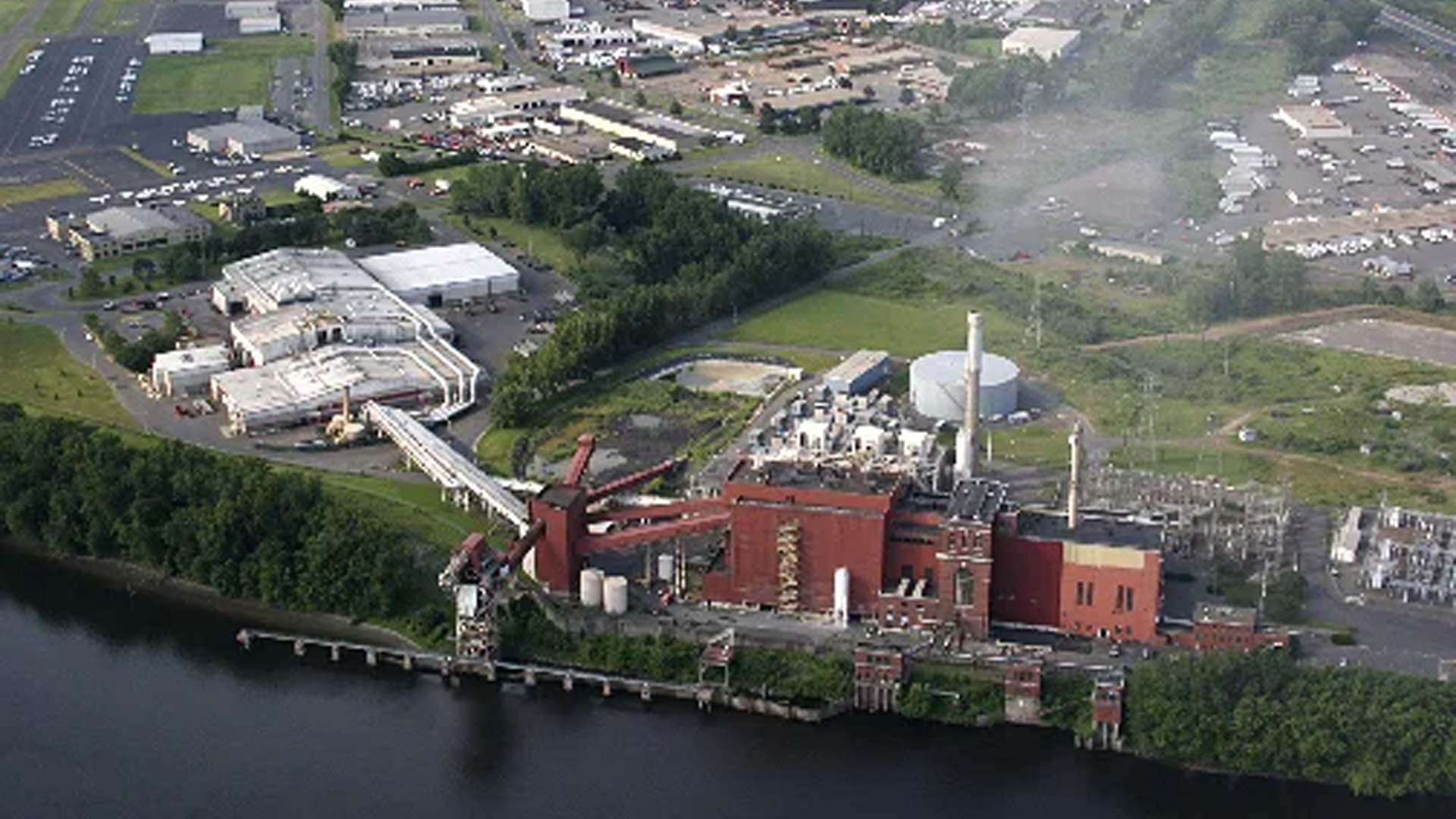Connecticut’s Materials Innovation and Recycling Authority (MIRA) facility presents a triple challenge to an operator, in that its three discrete units – a Waste Processing Facility (WPF), a Power Block Facility (PBF) and an auxiliary Jet Turbine Facility (JTF) – each require a separate operating plan.
‘NAES Safe’ Program Turns Things Around
After the takeover, MIRA was averaging about one recordable injury a month. Once the new management had fully implemented the 10 Core Elements of the NAES Safety Management System and trained employees in the principles and practices of ‘NAES Safe,’ the staff operated for nearly two years without a recordable. NAES Safe is based on two premises: Safety is priority one for every employee every day on every task; and zero injuries is the only acceptable safety standard.
“Once they saw us managers consistently making the rounds, participating in weekly safety training, holding regular all-hands meetings to discuss timely safety matters and provide a forum for them to voice concerns, employees started to buy in,” said plant manager John O’Rourke. “They got on board because management had begun ‘walking the talk’ – shutting down the plant when safety concerns warranted it, or delaying the start of the workday to allow attendance at safety training.”
Budget Review Pays Off in Spades
After a careful review of the three previous years’ budgets, the NAES management team put a number of cost-cutting measures into effect. These brought the annual operating budget down from an average of $24 million to $16.1 million, a dramatic 34 percent reduction.
The NAES team took a ‘whole project’ approach in implementing cost-cutting measures:
- Replaced foam-filled loader tires with solid ones that can be rethreaded to extended service life.
- Operated the plant five days rather than six days per week, enabled by higher processing rate.
- Improved maintenance, which reduced downtime and cut repair costs.
- Assigned staff to perform tasks that had been contracted out, such as dozer operation and power-washing.
- Reduced staff from 81 to 45 by cutting the third processing shift (thanks to improved processing rate) and eliminating redundant positions.
Abrupt Turnaround in JTF Reliability
The NAES team then turned to another glaring shortfall: the dispatch reliability of the JTF’s four aero-derivative turbines, which were not adequately fulfilling their designated ‘peaker’ role.
At the time of the takeover, NAES engineers had benchmarked the JTF’s reliability at approximately 50 percent. After making a thorough assessment to ensure they fully understood the failure mode, they devised and executed a capital improvement plan in collaboration with MIRA. Today, the JTF turbines are tracking at the highest reliability they’ve ever registered, averaging 95 percent overall based on ISO-NE’s formula.
Last But Not Least: NAES Sets New Waste Processing Records
At MIRA’s Waste Processing Facility, processing rates showed a sharp uptick under NAES management. MIRA has set new records for tons processed per available hour during each of the four years NAES has operated the facility. (See the chart above.)
